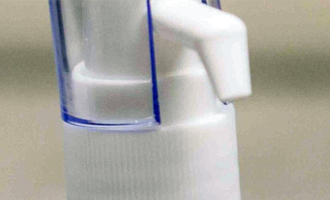Early Introduction of Peanut
We are in the midst of a peanut allergy epidemic. The incidence of peanut allergy has tripled in the past 15 years and may affect 1-2% of young children. This is a global problem found in many westernized countries. Countries in which peanut is routinely feed to young infants have a significantly less incidence of peanut allergy. The LEAP study, (Learning Early About Peanut Allergy) published in 2015 found the risk of developing peanut allergy can be reduced by 81% by eating peanut containing foods early in life.
Based on this research, in 2017 the National Institute of Allergy and Infectious Diseases developed the Addendum Guidelines for the Prevention of Peanut Allergy in the United States. The guidelines are available here.
Who can benefit most from EIP?
Infants with severe eczema and or egg allergy are in the highest risk category for development of peanut allergy. These are the children who can benefit the most from EIP. It is recommended these children be screened for peanut allergy with either a skin or blood test. Based on these test results and consultation with Dr. Lieberman or Dr. Parekh, the decision of how, when, and where to introduce peanut will be determined. Many times, we will recommend the peanut containing food be introduced in our office in a stepwise fashion under a controlled setting with careful observation. Please Note: infants and small children should never be given whole peanuts due to the risk of choking. Introduce other solid foods into your infant’s diet before trying peanut-containing foods. If we advise you to try peanut at home for your young one, you can see how to do that here.
EIP may also be considered in infants with:
- mild – moderate eczema
- other food allergies
- siblings with peanut allergy
- parents anxious about introducing peanut at home
This is all very new and exciting news. These guidelines represent a significant change in the approach to food allergy. Hopefully as these guidelines become widely practiced, we will see a decrease in the frequency of peanut allergy. It is very important not to delay introducing peanut containing foods to infants. At Austin Family Allergy & Asthma, we are here to help.




